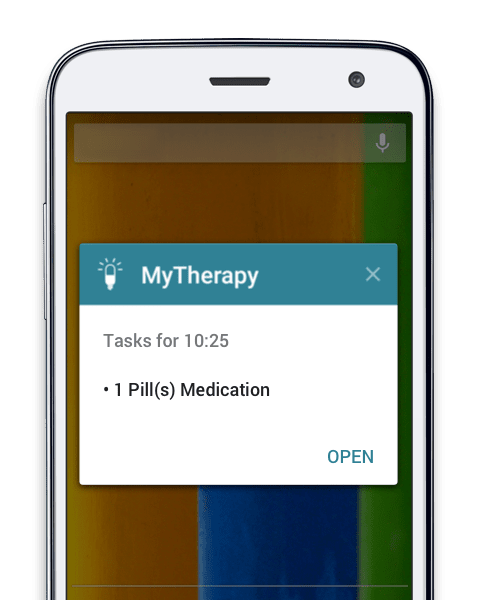If you have been prescribed an injectable medication, such as Cimzia, that requires frequent doses your doctor may recommend that you begin self-injecting. For many patients, the thought of giving themselves injections is an uncomfortable one. This is a normal reaction. By taking proper steps, the anxiety surrounding self-injection can be relieved, making it a simple part of your routine, no different from swallowing a pill.
Pick the right delivery method:
Before you can apply any tips for giving yourself self-injections, you will need to choose the right delivery method. The options available to you will vary depending on the medication you will be injecting. However, generally, the two types of injections available to patients are a pre-filled syringe or an auto-injector. Pre-filled syringes have the added benefit of allowing you to control the speed of injection but often are more difficult for patients who are uncomfortable with self-injections. The benefit of the auto-injector method is that you only need to hold it to your skin and press a button. This releases a spring-loaded syringe and gets the process over with quickly. Some patients have found this method to be much easier if they are anxious about injections.
When it comes to medical effectiveness, the delivery method does not make a difference. If both options are available to you it may be beneficial to try both and see which one you prefer.
Try to relax:
This advice may sound easier said than done but there are concrete steps you can take to relax more before your injection. This is important because if you are not relaxed and have tense muscles the injection will be more painful. One of the easiest ways to relax is to distract yourself from the fear of the injection. Try talking with someone while injecting. If you find it difficult to multitask, try listening to soothing music. Finally, if you administer the injection while sitting, rather than standing, it may help to relax your muscles and make the injection less painful.
Warm up your medication:
It is not uncommon for injectable medications to require refrigeration. This may be great for their safety and effectiveness, but it certainly is not comfortable. However, if you allow your medication to warm up to room temperature (this should take between 20 to 30 minutes) they will be just as effective and far less uncomfortable to inject. However, before doing these you should double-check the patient information leaflet or speak with your doctor to be sure there are no specific instructions about the temperature it needs to be taken at. If you want to speed up this process slightly you can hold the syringe or auto-injector in your hand. It is important to note, however, that you should never microwave or boil your medications to heat them.
Numb the injection site:
A great way to further reduce the pain of self-injection is to numb the injection site beforehand. The easiest way to do this is to apply an ice pack about 15 minutes before you plan to administer the injection. This will not only reduce pain but serve as a great distraction since your skin will be very cold. If you do not like this method, you can also speak with your doctor about getting a prescription for numbing cream.
Rotate injection sites:
Most injectable medications can be administered in a variety of locations. Speak with your doctor or read the prescription instructions to learn your options. To avoid additional pain, you should cycle between injection sites. If you find it difficult to remember which site you used, it may be helpful to use a journal or an injection site tracker.
Post-injection care:
Taking care of the site after injecting is almost as important as before. A gentle massage around the site can help to loosen muscles and better disperse the medication. You can also try hot or cold compresses on the site while massaging for increased pain relief.
Know when to be worried, and when not to:
When you begin giving yourself injections it is critical to understand which side effects you should expect, and more importantly, which ones are cause for concern. Side effects such as mild redness, itching, pain, and warmth are common side effects of injections and often will go away after a few doses. While these aren’t necessarily cause for concern, if they worsen or don’t go away you should still check with your doctor.
Take your first self-injection with your doctor:
If you have read the above tips and still don’t feel confident about your first self-injection, it may be beneficial to do your first injection in the doctor’s office. This allows you to ask nurses questions and keeps you under supervision in the event of a severe or allergic reaction. Even if your doctor does not offer this option directly you can always ask for it. If you are feeling nervous it is far better to panic where you have the help of medical staff than at home.
Here are some more articles we think you might be interested in:
A Glimpse into the Future of Treatments for Wet Macular Degeneration
Therapy for Wet Macular Degeneration: Are There Alternatives to Injections?



